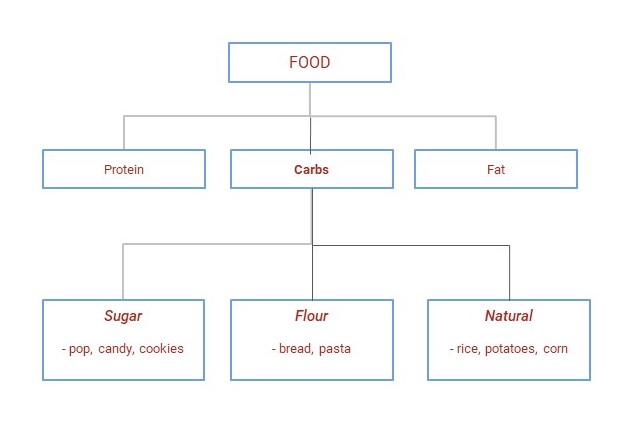Funny how few of us can still do elementary school math. Don’t believe me? How about a test? Let’s assume the province of Alberta would like to make this covid thing disappear. Pretty good objective. But how would they do it? Probably involves using some math. Let’s start with assumptions.
- Alberta has a population of 4.5 million
- Herd immunity, the point where the virus stops travelling, is 75%
- Natural (unbridled) contagion rate is 40% per year
- Total population infected as of May, 2021 is 12%
- 5 actual cases = 1 recorded case
- 7,500 actual cases (non-vaccinated) = 12 people in ICU
- 7,500 actual cases (vaccinated) = 1 person in ICU
- 70% double-vaccination rate
That’s all you need to know to figure this out. Population is easy because it’s on Wikipedia. Herd immunity was told to us at the start. The 40% contagion rate can be found by looking at the US (33% as of May 2021, with some lockdowns). Canada’s May, 2021 rate was provided by Jason Kenney on Twitter, May 12th (and makes sense considering we locked down much more than the States). 5 cases to 1 regarding actual to recorded was provided by Alberta antibody tests back in June, 2020. (It’s been adjusted based on who and how many get tested.) ICU rates for vaccinated and non-vaccinated have been provided by a reliable source and can be proven by a look at the data. And the 70% double-vax rate is found on the Alberta website. So these are the parameters. What’s a province to do?
Math
First we must calculate how many people have already had it:
4.5M X (12% + 4% to bring us to Sept 1st) = 720,000
Then figure out how many more to arrive at herd immunity:
(4.5M X 75%) – 720,000 = 2,655,000
If we let this virus run wild, how long will it take to reach the above number:
(2,6M X 40% = 1.1M the first year) + (1.5M X 35% = 525,000 the second year) + (1M X 30% = 300,000 the third year) + (700,000 X 25% = 175,000 the fourth year) = 2.1M. So we’re short 500,000 after 4 more years.
Number of ICU beds required for the first year:
(1.1M X 70% X 1 in 7,500 = 102) + (1.1M X 30% X 12 in 7500 = 528) = 630 ICU beds
Number of ICU beds required for the first year if everyone was vaccinated:
(1.1M X 100% X 1 in 7,500 = 146 ICU beds
In terms of ICU, Alberta has only 200 beds. That’s all we staff and the amount that’s usually good. This quantity can rise to 250 in special situations but the system is designed for 200. ICU is used for accidents, real life emergencies, and people coming out of surgery. Accommodating the extra 500 for those who remain unvaccinated puts an obvious strain on the system, especially when they come in waves (e.g., 90 in the past two weeks). Overloading ICU then forces government into lockdowns or some other restrictive measure. And you know, people are getting sick of it.
If missing the shot, the odds of an infected person requiring ICU is 12 in 7500. That’s pretty slim. But once you consider that almost everyone will be getting this, and we have to let it run wild at a rate of 100,000 per month, it’s not unreasonable for healthcare professionals to be pushing the vax. As of today, if every person had the dose this drama would be over.
Without sufficient vaccination rates, covid will be with us another four years, and I don’t know many who can handle the opening and closing much longer. It’s bonkers. If you watch US news, you know the fight over freedom. My body, my choice. But those particular states have way more ICU capacity than us. For example, adjusting Texas population to Alberta, we would have over 1,000 units. And if Alberta had that many spaces, we wouldn’t be talking. That’s why the US has been letting this run wild for a long time. As of now, they’re 40-45% through. More than half way. But in Alberta we have only 200 beds.
Summary
Health officials know exactly what they’re doing. It’s their job. Casualties created by virus are not the responsibility of government but maintaining a dependable healthcare system is. And they need you to understand that combatting this crisis isn’t about deaths, it’s about ICU.
Officials have already determined that herd immunity must be achieved whether by vaccine or anti-bodies. Yes, vaccines all but eliminate the damage but they don’t stop the spread. So it’s really up to you. The RCMP won’t be coming to your door to force you into a clinic but if we don’t get sufficient numbers vaccinated, this event could drag on for years. That’s why they’re implementing passports. Big rulers want this over. (And so do you.)
Bottom line: getting the vaccine in Canada isn’t about emotions or freedom, it’s about practicality. Americans have their own fight.
Note: Obviously figures presented are rough estimates but hopefully you get the point. Individual chances for the unvaccinated are remote but cumulatively they’re clogging the system. Modern governments won’t leave our sick waiting in the parking lot, whether it’s another covid patient or a 10-year-old with asthma. So we’ll continue opening and closing around hospital capacity, which cannot be changed.
